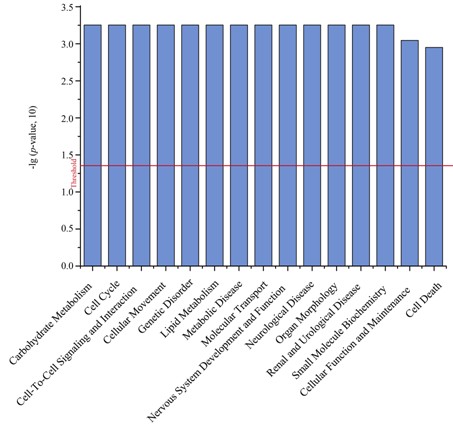化学学报 ›› 2012, Vol. 70 ›› Issue (19): 2059-2065.DOI: 10.6023/A12050215 上一篇 下一篇
研究论文
胡争艳, 孙珍, 张轶, 吴仁安, 邹汉法
Hu Zhengyan, Sun Zhen, Zhang Yi, Wu Ren’an, Zou Hanfa

纳米二氧化硅(纳米SiO2)是一种正在规模化生产的纳米材料, 无定型纳米SiO2因其吸入和口服对生命体不会造成直接的危害被认为是生物安全的纳米材料, 已被广泛用于疾病诊断、生物分析和成像、药物载体等的研究中, 导致其进入人体的方式日益增多, 因此它对人体健康影响的研究对于其作为生物材料真正实现广泛应用尤为重要. 本文采用肼化学方法为基础的定量蛋白质组学对无定型纳米SiO2进入人肺癌细胞后产生的影响进行了分析, 结果表明其进入细胞后, 导致细胞内的平衡状态发生变化, 从而影响了细胞内许多重要的蛋白质的表达水平. 部分跨膜蛋白质表达的变化对纳米SiO2进入细胞的途径的阐明有一定的指导意义.